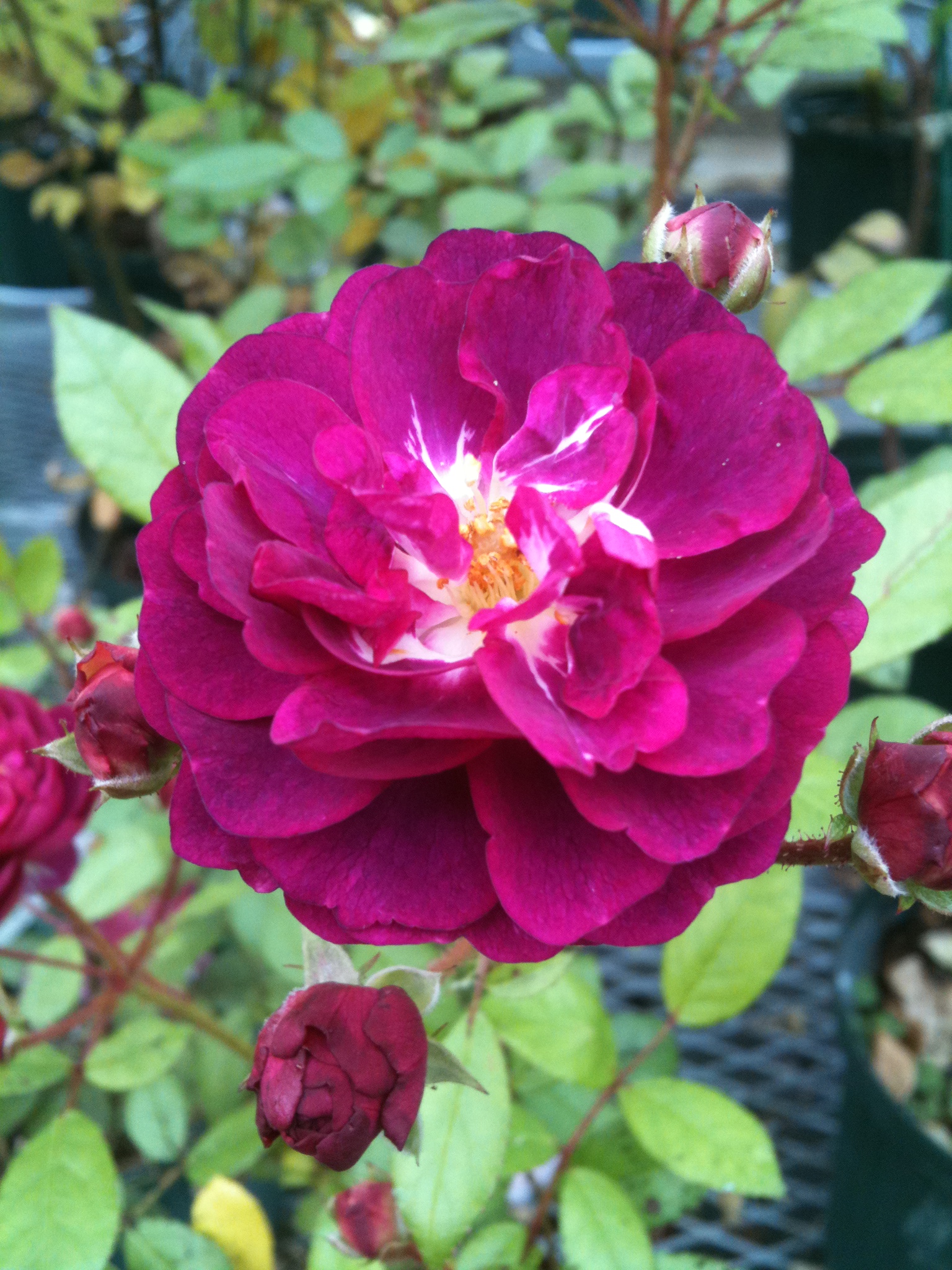Here is an overview of some dandy writing books that I’ve gone back to, time and time again, over the years. The advice in most of these have led me through over 20 years of writing. Perhaps they will help you as well.

Janet Burroway. Writing Fiction: A Guide to Narrative Craft.
I read this book in a very old edition, which works just as well for the writer as those newer editions. If you’re reading on your own, get the old edition. They keep putting out new editions and racking up the price on ‘em, which I’m against. I’m cheap. Sue me.
This book, even in the old old edition, is one of the most informative I have ever seen; a class unto itself. This book rewards slow reading, for you stumble across many gems this way. Burroway’s text digs deeply into each of the techniques a writer uses, and she uses well-written, literary examples to demonstrate these techniques to the writer. Two stories I keep going back to time and again are “Where are You Going, Where Have You Been?” by Joyce Carol Oates, and “Ralph the Duck” by Frederick Busch. I have read this manual through several times, and have especially haunted her section on thematic structure, going back again and again to try and understand how to put it to work in my novels.
The only quibble I have with the book (besides the fact that they keep jacking this book up into textbook prices) is that, though the stories Burroway chose for review are beautifully and intelligently written, a lot of them are real downers. Literary novelists seem to reward those who write downer novels. That’s why so many people rush off to read YA novels instead, where girls kick ass everywhere and the stories are fun. It’s true, you know. And, by the way, Burroway’s techniques also work beautifully in YA novels. Hint hint.
John Gardner. The Art of Fiction: Notes of Craft for Young Writers.
I bought a copy of The Art of Fiction at a library book sale in 1993, 11 years after Gardner died, and have been in awe of the man ever since. I think it’s the best doggamned book ever written for the modern novelist. Even after reading it all these years, I still haven’t mastered enough of its subtleties, and there’s still a lot of it that I’m trying to understand well enough to apply it to my work, which is why I signed up for the MFA: so I can understand it and apply it. I read through it over and over again, and have a quote from it taped to my computer at work: “Real suspense comes with moral dilemma and the courage to make and act upon choices. False suspense comes from the accidental and meaningless occurrence of one damned thing after another.” I have been thinking about that quote as I write Acorn’s story. I aim to make my writings a “vivid and continuous dream.”
A lot of my fellow MFAC students considered Gardner a pretentious ass. They’re right; he was. All the same, I still highly recommend this book.
Donald Maass. Writing the Breakout Novel Workbook.
I have to roll my eyes when some uptight literary writer (generally one who has read John Gardner’s book, above) says that he’d never pander to the popular style; he is so much above the tastes of the proletariat. I say, by God, I want people to read and enjoy my book; and I can make a tense, enjoyable, and dare I say deep book while using the techniques that Maass lays out in his book. What’s more, I get the extra bonus of my readers not wanting to shoot me dead in the street due to the utter hopelessness and helplessness of my damnably depressing characters. Maass shows us the techniques that make readers fall in love with your characters and your books, which in turn, allegedly, causes readers to spend big piles of cash on your writing, which would allow me, the writer, to carry on a career. I say, bring it on.
I’ve gone through the worksheets in the back of the book as I’ve worked on a different novel (Wandering Stars) in order to strengthen elements in the plot and characters. The exercises have helped me a great deal during the early-writing stage of the book. I’m biased, but I think they’ve really helped to improve the book. You can go buy it and read it if you want to argue the case with me; I’m cool with that.
Ursula K. LeGuin. Steering the Craft: a Twenty-First Century Guide to Sailing the Sea of Story.
Guys. I love LeGuin and everything she does. This book is no exception. She makes all the big parts of the writing craft easy by breaking everything down into easy-to-manage pieces. She has short exercises to do all through the book. Now I hate exercises, but these help to bolster some mad writing skills. She uses examples from great writers such as Woolf, Tolkien, Twain, and Austen to show you how they carry out these little techniques, and then shows you how you can carry out these little techniques as well.
Nothing pretentious here – just good, solid technical aspects of writing and how you can carry them out. She also has advice about how to run a writer’s workshop, with rules that make them run smoothly. Steering the Craft is a great textbook to use in said workshop.
Do get the newer version, as she’s updated this book with very useful information. Then follow it up with The Wave in the Mind, which are essays about the writer, the reader, and the imagination – a little more complex, but so very much worth the read. Then go read her other books, good heaven, I just love her so much.
William Brohaugh. Write Tight: Say Exactly What You Mean With Precision and Power.
Though I noticed a couple of places where I kept skimming because he belabored a point for too long (to me, anyway)! But a number of areas were helpful to me – the pitfalls of the Self-Indulgent, the Evasive, and the Overkill, for instance. This book contained some good practice material, such as the exercise where the writer makes it difficult to print the words – they must use their left hand if they’re right handed, or they should use crayons – and then the brain will work overtime to find ways to make the sentences shorter before they hit the paper.
William Strunk and E.B. White. The Elements of Style
A couple of my college professor buds roundly boo this book for making college students and businessmen get bigheaded about knowing grammar because they’ve read this book. God bless the profs and all the work they do, but personally, I like this little book, though less for the outdated grammar lessons and more for the fine essays on style that Mr. White wrote in the back of the book. This is one of the first writing books I had, and because of those essays, which I read and loved in high school, I got off to a fine start.
When you read the grammar part, just remember, nothing here is set in stone. I say “hopefully” after having avoided it for many years. Word meanings and syntax change constantly. But those essays on writing are still just as loverly as ever.
